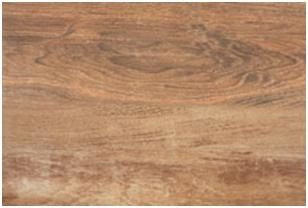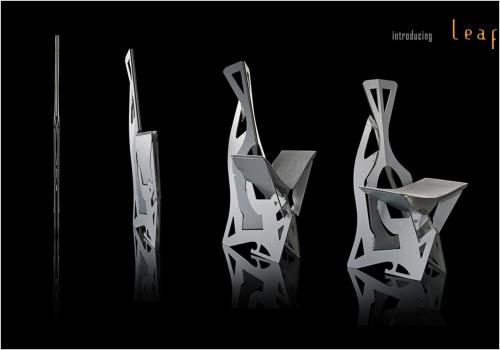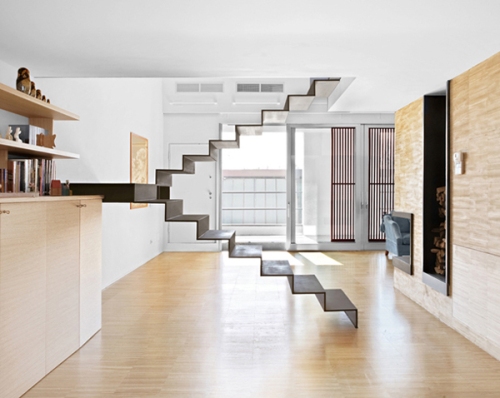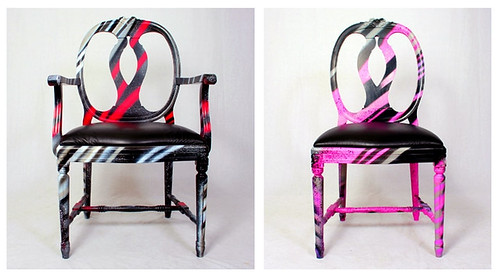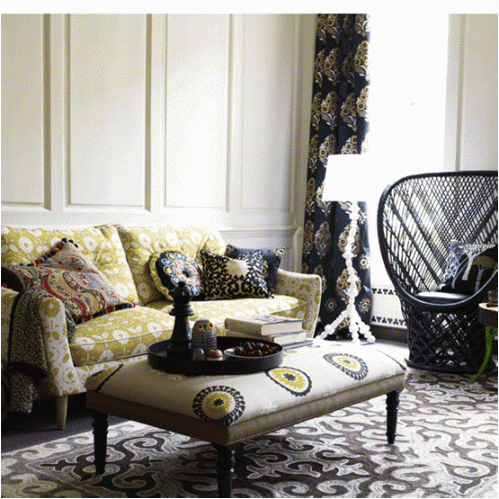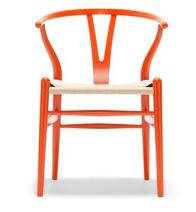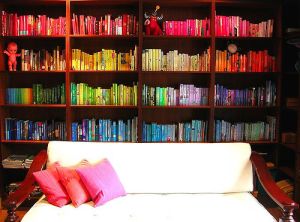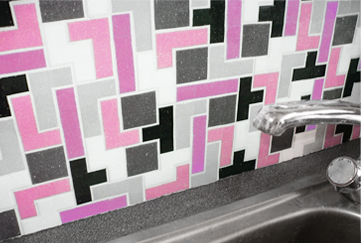I am not against DIY projects by any means, I simply never had the time to tackle them. After watching countless HGTV shows and reading blogs on refinishing furniture I knew I could probably DI-myself, but did I really have the time to shop around and look for pieces that were both fixable and affordable? That’s what I thought, until this past summer. While stopping for some zeppoles at a local fair, I walked through the community yard sale they had set up as a fundraiser. Needless to say, I walked away with a dozen zeppoles and a pair of end tables for $30.
Here is what I started with. The hardware had to go and I was not very fond of all the detailing but those were minor things to change.
Step 1: Remove the doors and hardware, find a good spot outside and grab an electric hand sander. After sanding for what felt like the whole day (only about 1 and a half hours in real time) I was able to get the table down to the bare bones.
Step 2: Primer. A small can of basic primer did the job. I used a roller on the top and sides of the table and a small brush for front detailing work.
Step 3: Paint. I chose Pebble White by Glidden and applied 2 coats.
Step 4: To add a fun twist to the piece I bought 2 pieces of patterned scrap-book paper and an 8 oz. bottle of Gloss Mod Podge. Using it as a glue, I carefully placed the paper over the area I wanted to cover and then applied another 2 coats of Mod Podge on top to act as a sealer.
Step 5: Spray the entire piece with a sealer.
Step 6: Attach doors and new hardware and enjoy!
Including the original cost of the table ($15) plus all materials I spent approximately $50.
Although DIY projects may be time-consuming, they are definitely rewarding when you are done. Now I just need to figure out what to do with the second table. Any suggestions?












 Even the most modern living room is displayed with coffee table books.
Even the most modern living room is displayed with coffee table books. How about coral and candles, does that do it for you? From
How about coral and candles, does that do it for you? From  How about vases and bowls? From
How about vases and bowls? From  A tray of pretty things that are all perishable doesn’t count, regardless of how cute they are.
A tray of pretty things that are all perishable doesn’t count, regardless of how cute they are. Great midcentury room with a practically bare coffee table. Awwwwwww. (Pitying sigh.)
Great midcentury room with a practically bare coffee table. Awwwwwww. (Pitying sigh.) Beautiful room again compensating with perishables.
Beautiful room again compensating with perishables.


 which even has a cool storage drawer,
which even has a cool storage drawer, on sale for $139 at the time of this writing.
on sale for $139 at the time of this writing. Adorable Scrabble tile throw pillows, $100 from
Adorable Scrabble tile throw pillows, $100 from 

 Personalized Scrabble initial mugs… I want all 26. $12 from
Personalized Scrabble initial mugs… I want all 26. $12 from 



 From
From 


 The light yet geometric
The light yet geometric 
 If you’re into the cowhide look, you can get a great one at
If you’re into the cowhide look, you can get a great one at  or a fuzzy little sheepskin for $30.
or a fuzzy little sheepskin for $30.
 My favorite might be this ivory hide rug from
My favorite might be this ivory hide rug from 



 I like the combination of colors and materials on the
I like the combination of colors and materials on the  The simplicity of the
The simplicity of the  I can personally vouch for the comfort of the
I can personally vouch for the comfort of the  The
The  I like the criss-cross oak frame of the Savile Chair, $385 from
I like the criss-cross oak frame of the Savile Chair, $385 from  The
The  Love the cantilevered frame and comfy-looking upholstery of the
Love the cantilevered frame and comfy-looking upholstery of the 
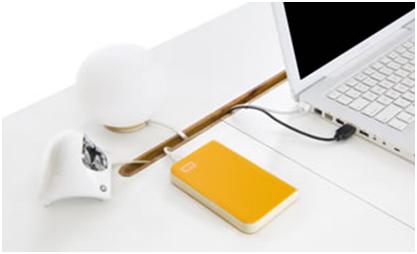


















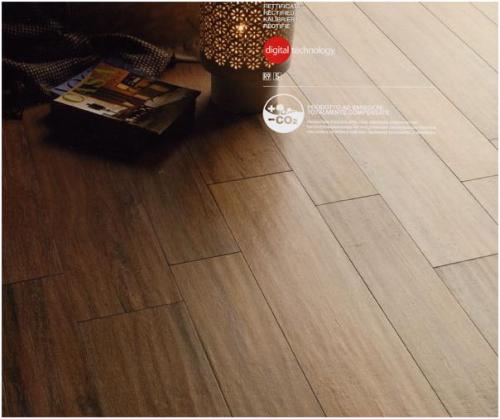


 Love the varying widths of the
Love the varying widths of the  The hyperrealistic porcelain tiles from
The hyperrealistic porcelain tiles from  The clever W-Age ceramic tiles from
The clever W-Age ceramic tiles from  I like the contemporary look of these Timber Glen tiles from
I like the contemporary look of these Timber Glen tiles from 